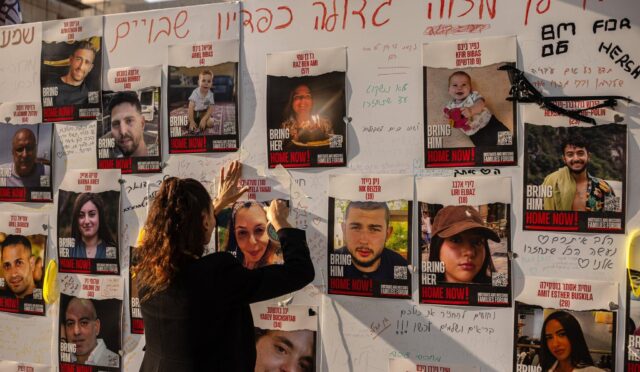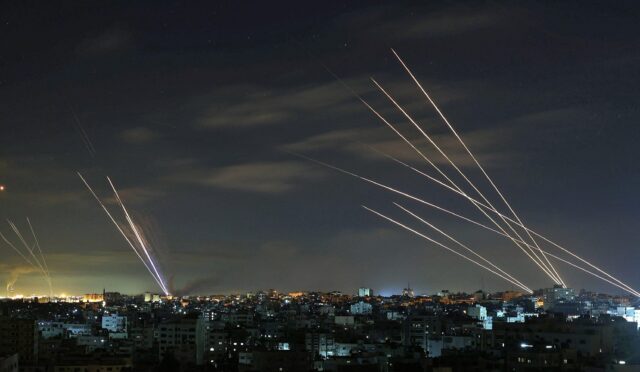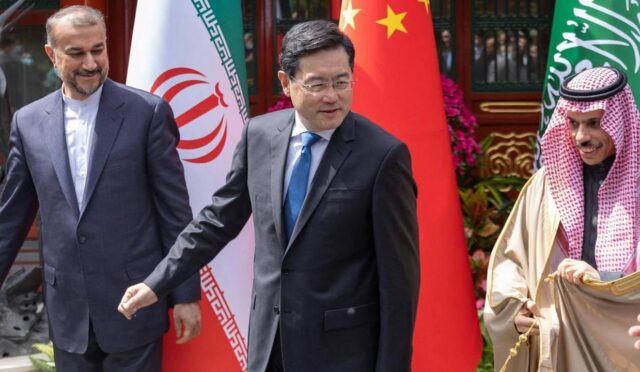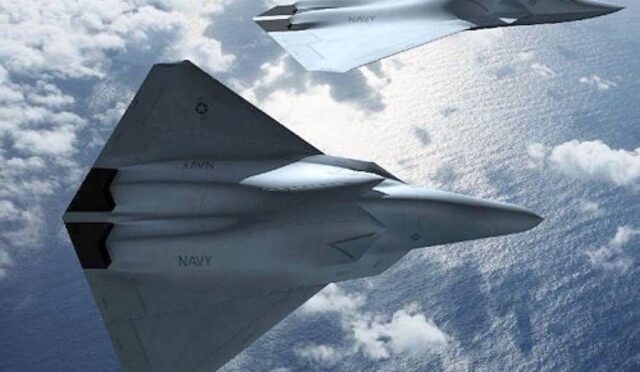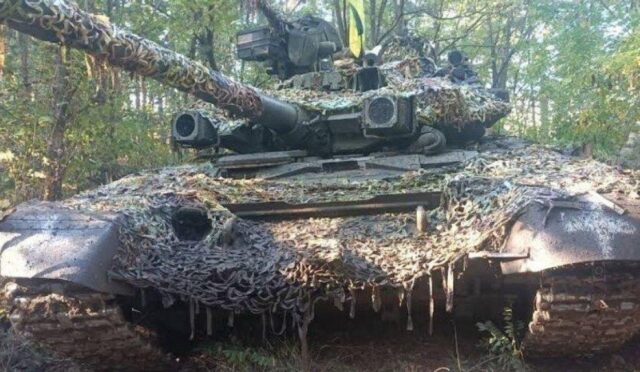Hamas Leader Killed in Israeli Strike
A military leader associated with the Hamas-aligned Lebanese group Jamaa Islamiya was killed on Tuesday in an Israeli airstrike near Beirut, as confirmed by local security officials. The operation took place approximately 20 kilometers south of the capital, where authorities revealed that the incident not only claimed the life of the targeted individual but also resulted in another fatal casualty during a separate raid.
This recent attack is part of Israel’s ongoing military actions in Lebanon, which have persisted despite a ceasefire agreement established in November with Hezbollah. This truce was aimed at halting over a year of tensions that escalated into significant conflict, including two months of intense warfare between the groups.
Details of the Drone Strike
According to Lebanon’s civil defense, the Israeli drone strike specifically targeted a vehicle near the coastal town of Damour. Rescuers later recovered the body of the deceased individual from the car, underscoring the precision and lethality of the operation.
Jamaa Islamiya confirmed the death of Hussein Atoui, describing him as both an academic figure and a prominent university professor. According to sources, Atoui was a leader within the group’s armed wing known as the Al-Fajr Forces. Eyewitness accounts from an AFP photographer revealed the charred remains of the vehicle at the site, and the Lebanese army subsequently secured the area for forensic investigations.
Background on Jamaa Islamiya
Jamaa Islamiya has been closely linked with the Palestinian militant organization Hamas, as well as Lebanon’s Hezbollah. In the wake of the ceasefire established on November 27, the group had previously taken responsibility for several attacks aimed at Israel.
In an alarming development on the same day of the strike on Atoui, Lebanon’s health ministry declared that an Israeli airstrike in the Tyre district had also resulted in a fatality. This reflects the continued volatility in the region, despite the agreed terms aimed at de-escalation.
Ongoing Tensions and Military Operations
The ceasefire that was supposed to lead to a reduction in hostilities stipulated that Hezbollah would relocate its forces north of the Litani River and dismantle any remaining military operations in southern Lebanon. Conversely, Israel was to withdraw its troops from the southern regions.
Despite this arrangement, reports indicate that Israeli forces maintain positions in five strategically important locations within Lebanon, suggesting a complexity in the peace process. Furthermore, on Sunday, Israeli operations resulted in the deaths of two senior Hezbollah members, highlighting November’s truce struggles to hold.
Arrests Following Rocket Fire
The situation has been further complicated by reports of unclaimed rocket fire into Israel at the end of March. In response, the Lebanese army has announced the arrest of several suspects, including three identified as members of Hamas, showcasing the continuing security challenges posed by various factions within the region.
These developments illustrate the fragile state of conflict resolution in Lebanon and the ongoing repercussions of military actions, both by Israel and regional militant groups.

